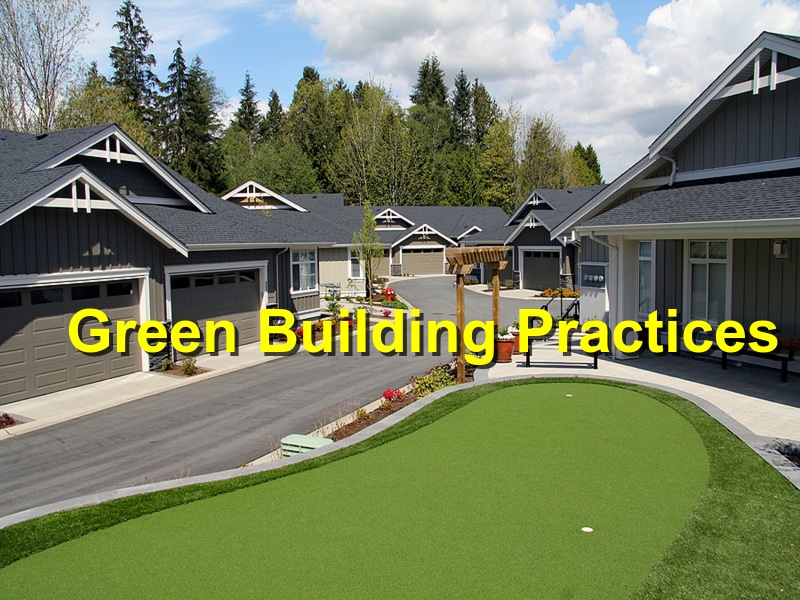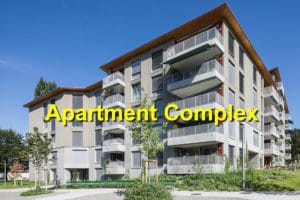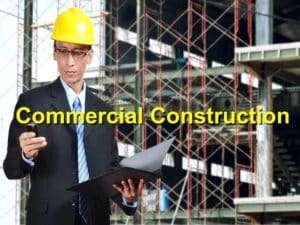In a world increasingly focused on sustainability, the construction industry is undergoing a paradigm shift toward green building practices. Here’s a comprehensive look at how sustainable construction practices are shaping the industry and fostering eco-friendly structures:
- Energy-Efficient Designs: Architects and builders are prioritizing energy efficiency through designs that optimize natural light, ventilation, and insulation, reducing reliance on artificial heating and cooling.
- Use of Sustainable Materials: From recycled steel and reclaimed wood to eco-friendly insulation and non-toxic paints, there’s a surge in utilizing sustainable materials that reduce environmental impact and promote healthier indoor air quality.
- Renewable Energy Integration: Incorporating renewable energy sources like solar panels, wind turbines, and geothermal systems into building designs is becoming standard practice to reduce reliance on fossil fuels.
- Water Conservation Strategies: Implementing water-saving fixtures, rainwater harvesting systems, and drought-resistant landscaping minimizes water consumption in both residential and commercial construction projects.
- Green Roof and Vertical Gardens: Green roofs and vertical gardens not only improve aesthetics but also provide insulation, reduce urban heat island effects, and enhance air quality while utilizing unused spaces.
- Passive House Design Principles: The adoption of passive house principles focuses on creating ultra-energy-efficient buildings with superior insulation, airtightness, and controlled ventilation, significantly reducing energy consumption.
- LEED and Green Building Certifications: Builders are increasingly seeking Leadership in Energy and Environmental Design (LEED) and other green building certifications to validate their commitment to sustainable practices.
- Waste Reduction and Recycling: Embracing construction waste management strategies like recycling, reusing materials, and minimizing waste sent to landfills is integral to sustainable construction practices.
- Life-Cycle Assessment: Assessing a building’s environmental impact throughout its life cycle helps in making informed decisions about materials, construction methods, and long-term sustainability.
- Community Integration and Well-being: Sustainable construction extends beyond buildings; it incorporates community well-being, fostering neighborhoods that promote walking, biking, and green spaces.
Adopting green building practices isn’t just about environmental responsibility; it’s also about creating healthier, more efficient, and economically viable structures. Embracing these sustainable construction practices paves the way for a more environmentally conscious and resilient future in the construction industry.
References: AvidX, BigRentz




